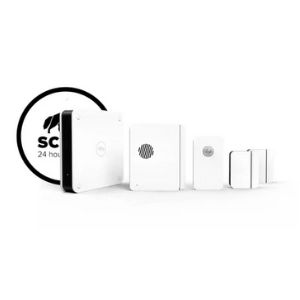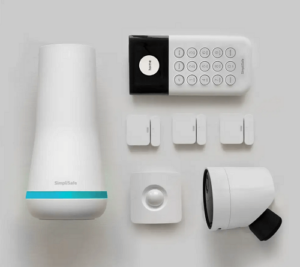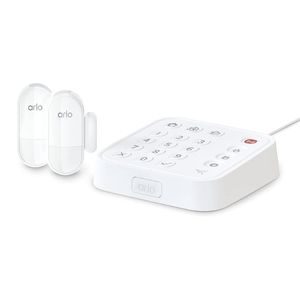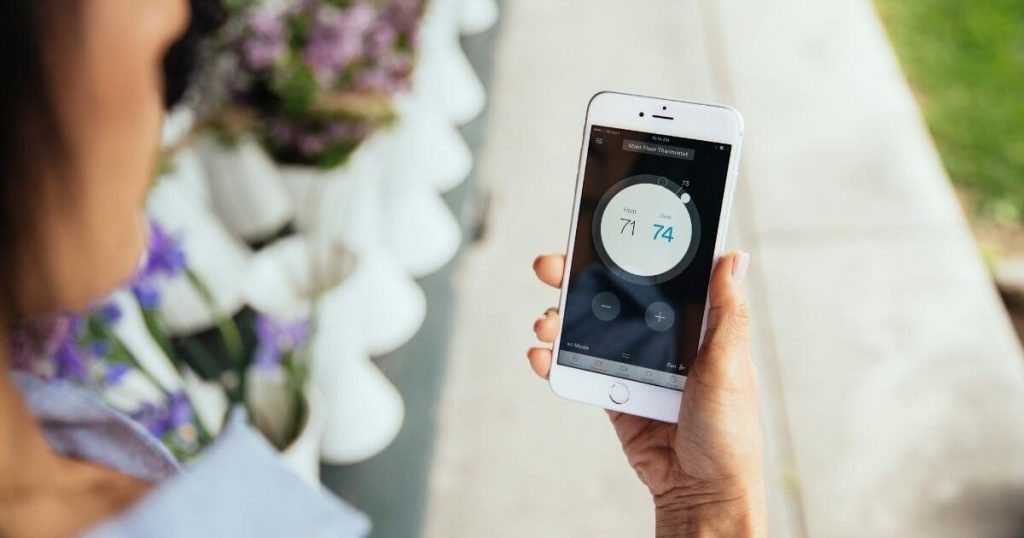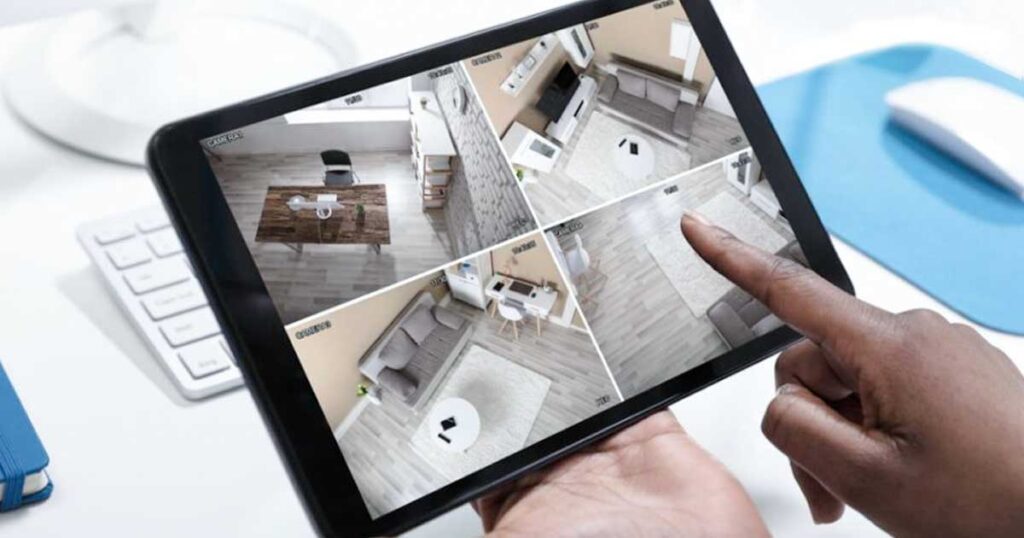Whether it’s a new family member, a new home, or a new neighborhood, there are plenty of reasons to get a security system. But traditional, professionally monitored systems aren’t your only option.
Self-monitored security systems put the control in your hands. From installation to responding to alarms, it’s all up to you. The best self-monitored security systems come with basic devices like sensors, a base station, and optional cameras. All you have to do is set it up and monitor your home from the mobile app.
The trick is finding which systems have the right add-ons, monthly rates, and equipment fees to fit your budget. So we took a deep dive into some of our favorite DIY self-monitored home security systems to weigh the pros and cons.



